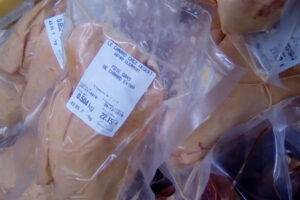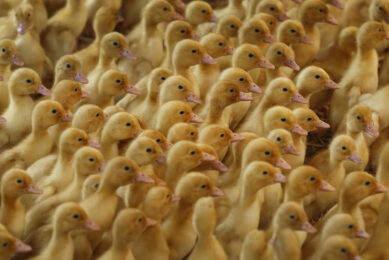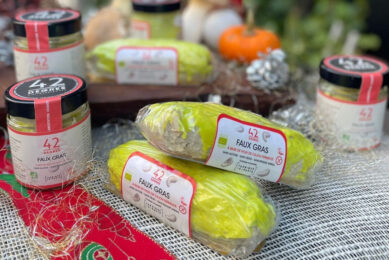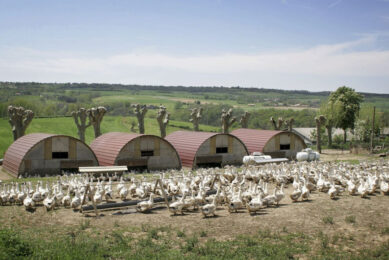Production of foie gras falls for 3rd consecutive year

French foie gras output will fall for the 3rd consecutive year in 2022 after an outbreak of avian influenza led to millions of birds being culled in southwestern France.
Output fell 20% in 2021 from the previous year to 11,674 tonnes, for a total decline of 30% since 2019, reports Reuters. According to Euro Foie Gras, approximately 19,620 tonnes of foie gras were produced in the European Union in 2020 (18,180 tonnes of duck foie gras and 1,440 tonnes of goose foie gras), with the EU producing approximately 90% of the world’s foie gras. The other main producing countries are China, the US and Canada.
Avian influenza is often spread by migrating wild birds, and the aggressive and highly contagious H5N1 strain has been spreading quickly in Europe over recent months, resulting in massive culls across many countries.

“Our sector is going through a very severe crisis, maybe the worse ever,” Eric Dumas, chairman of foie gras producers’ group CIFOG, told reporters, according to Reuters, adding that a complete shutdown of farms in the southwest, which represents 40% of French foie gras output, had limited outbreaks and a production restart was due on 29 March in the region.
However, the wave of outbreaks since the end of February in the Pays de Loire region have further darkened the outlook as the region reportedly provides 72% of the chicks needed to restart output.
Producers have called for a rise in prices to make up for soaring energy and grain costs, as ducks mostly eat maize.












